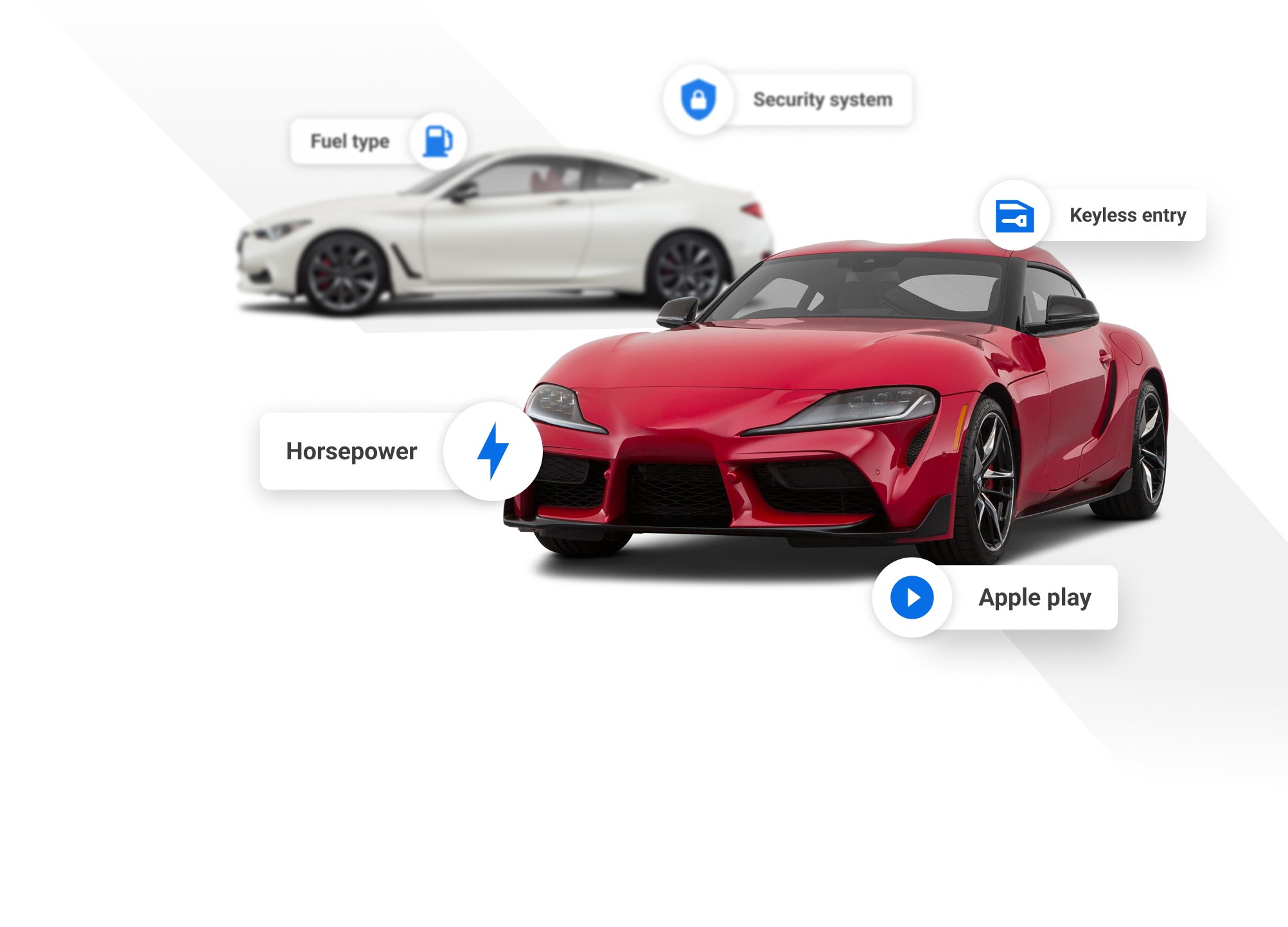
2005 Honda Insight


Key Specifications for 2005 Honda Insight






Buyer’s Guide
The Honda Insight, the first gasoline-electric hybrid to be sold in North America when it made its debut in 1999, enters 2005 unchanged.
It remains the most fuel-efficient vehicle in Canada, although the aerodynamic little car’s future could be questionable. Last year the company sold more $142,000 Acura NSX sports cars than it did Insights, and the practicality of the roomier and more refined hybrid versions of the Civic and Accord make those models more popular with buyers.
The Insight never runs on electricity alone; its 1.0-litre, 3-cylinder gasoline engine has a thin electric motor, called the Integrated Motor Assist or IMA, sandwiched between it and the transmission. When the conventional engine needs more power to accelerate, the IMA kicks in and they run together, increasing horsepower and torque. It’s a seamless transition; if you aren’t watching the dash gauge, you aren’t aware of it.
Fuel savings are increased further by the idle-stop feature. If the air conditioning is off, the outside temperature is over 5 degrees C and the car is in neutral, the engine shuts off completely. The heater blower motor also turns off, but the radio, lights and turn signals continue to operate. When the shifter is put into first gear, the IMA starts the car up again.
The Insight’s biggest drawback is its size; it is strictly a two-seater, and because of its airbags, Honda doesn’t recommend carrying children in it. Its ground-hugging stance makes it tricky to enter and exit gracefully. Small, narrow, low-rolling-resistance tires help with fuel economy but provide a very harsh ride. The continuously variable transmission (CVT) available to American buyers is not offered in Canada.
In its favour, the Insight offers a great deal of cargo space, since everything behind the seats is flat, with a small hidden box under it. Visibility is good through its two rear windows, the instrument panel is well-designed with no obstructions, and there’s more legroom than expected from a car so small.
Standard equipment includes ABS, lightweight alloy wheels, power mirrors, power locks with keyless entry, power windows and CD player with four speakers.
Like all hybrid vehicles, the Insight is expensive for its size when compared to conventional gasoline vehicles; many buyers find the reward is environmental rather than financial, since it can take a long time for the fuel savings to catch up to the buy-in. City dwellers will realize more savings than highway haulers, because of the idle-stop when stuck in traffic.
The Insight is the least expensive hybrid available; the Honda Civic Hybrid is $2,500 more, the Toyota Prius is $4,330 more, and the Honda Accord Hybrid tops the Insight by $10,990. But all of those are more powerful and can take three extra passengers. Another Insight alternative is the Smart, which doesn’t hold as much cargo, but is easier to climb in to, costs up to $9,500 less, and its numbers are just slightly higher on the fuel economy scale.
The Insight is built in Tochigi, Japan.
Photos
No content available
AutoTrader Review


This vehicle has not yet been reviewed




